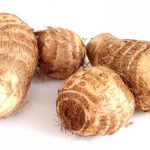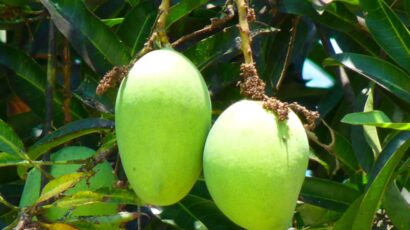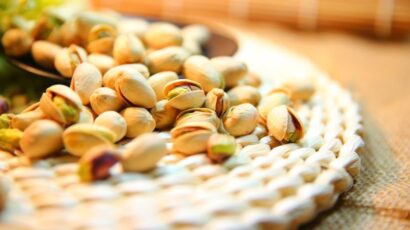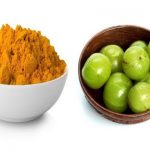The medicinal value of Tulsi
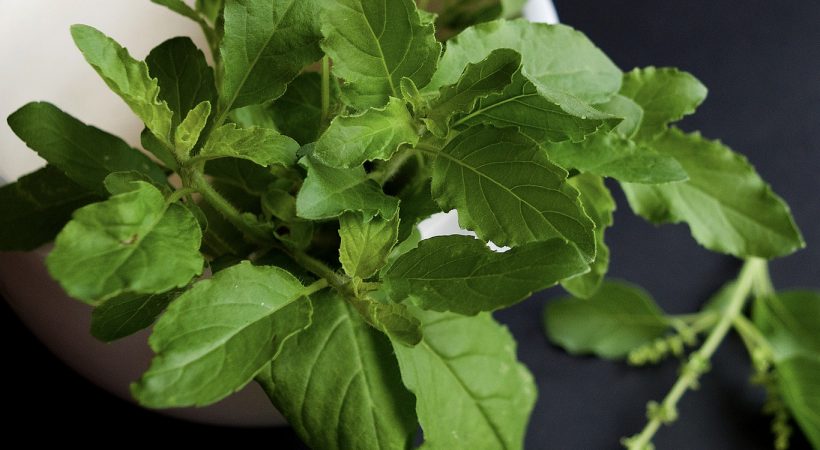
Tulsi has great significance in various traditions and customs of the Indian culture and it is not just a medicinal plant, but also has an aroma to it. Scientifically known as Ocimum tenuiflorum, tulsi, is an aromatic perennial plant belonging to the Lamiaceae family. Known in different names in different languages, Tulsi has two varieties: one with dark blue stem and dark green leaves known as Krishnatulsi and the other one with green leaves and stem known as Ramatulsi. Both of them are extremely significant in Ayurveda medicine. Though already known for its antibacterial qualities, the recent studies have proved Tulsi to have antioxidant, antifungal and antiseptic properties. Moreover, there have also been studies which prove that Tulsi can prevent cancer too. Tulsi also contains a particular liqid known as basil camphor which is similar to the common camphor
The medicinal qualities of Tulsi were popular in the Indian continent even from the ancient times and there are clear mentions of the same in Vedas and Puranas. Tulsi was also used to prevent insects and other such creatures. Tulsi also contains certain chemical compounds like oleanolic acid, ursolic acid, rosmarinic acid, eugenol, carvacrol, linalool and β-caryophyllene. Extremely effective against E-coli bacteria, Tulsi is used against mosquitoes in Sri Lanka. It is also effective in the treatment of fever, cough, throat pain, stomach ailments and skin diseases.
Practicing nasya using tulsi powder can help resist cold and various respiratory problems.
Tulsi extract was also used along with honey for traditionally treating small pox.
Tulsi can also be used against toxins and infections.
Tulsi can also be used against viral fever and bacterial infections in the eyes.
It is also very effective against spider venom.
It is also used in the treatment against malaria and jaundice.
Tulsi can be used in enhancing the beauty by overcoming various skin problem and allergies.It is important to know a bit about such conditions and how to deal with them. Below are some ways in which Tulsi can be used to enhance beauty and to treat skin problems.
Tulsi and Neem
This combination is a remedy for most of the skin problems and beauty issues. Add ten to twelve leaves of Tulsi and mix it with neem leaves to make a fine paste. Some water could also be added to this paste. Applying this paste on the face can reduce pimples and black spots on the face. It can also be used for various other skin problems.
Tulsi and Honey
Mix the fine paste of Tulsi in honey and apply it on the face to enhance the beauty of the face. This can control various skin problems and can keep your skin fresh along with enhancing the glow of the face.
Karpoora Tulsi and Tulsi
This combination can be extremely good in treating skin ailments. Applying a paste of both these leaves can help reduce the problems with oily skin and subsequently enhance the glow and fairness of the skin.
Tulsi and rice flour
Face pack made with these ingredients can help remove the blackheads from the face and also to remove other dead cells from the skin. Mixing the extract of Tulsi with rice flour and massaging it on the face can also give similar effects.
Tomato extract and Tulsi
Acne and painful pimples can be completely cured by using a face pack prepared by mixing tomato extract and tulsi and it can also keep the skin healthy and glowing.
Tulsi and Yogurt
An effective remedy to dry skin, a face pack made with these ingredients can in fact keep the skin moisturized and to improve the glow of the skin. It is also effective in treating various skin problems.

